

| Region rejsu : Europa, Północna Europa |
| Firma : Norwegian Cruise Lines |
| Statek : Norwegian Star |
| Data rozpoczęcia : niedz. 14 wrz 2025 |
| Data zakończenia : pon. 29 wrz 2025 |
| Liczba nocy : 15 nocy |
| Dzień | Data | Port | Wypłynięcie | Odpłynięcie |
|---|---|---|---|---|
| 1 | 14.09 niedz. | Osło / Norway | 16:00 | |
| 2 | 15.09 pon. | Kristiansand / Norway | 07:00 | 15:30 |
| 3 | 16.09 wt. | Stavanger / Norway | 07:00 | 19:00 |
| 4 | 17.09 śr. | Mons / Belgia | 07:00 | 16:00 |
| 5 | 18.09 czw. | Kristiansand / Norway | 08:00 | 20:00 |
| 6 | 19.09 pt. | Olesunn / Norway | 07:00 | 16:00 |
| 7 | 20.09 sob. | Dzień na morzu / Morze | ||
| 8 | 21.09 niedz. | Reykjavik / Islandia | 12:00 | 21:00 |
| 9 | 22.09 pon. | Isafjordur / Islandia | 09:30 | 19:00 |
| 10 | 23.09 wt. | Akureyri / Islandia | 07:00 | 17:00 |
| 11 | 24.09 śr. | Djupivogur / Islandia | 09:00 | 16:00 |
| 12 | 25.09 czw. | Torshavn / Faroe Islands | 10:00 | 18:00 |
| 13 | 26.09 pt. | Lerwick / Wielka Brytania | 09:30 | 16:00 |
| 14 | 27.09 sob. | Newhaven / Scotland | 09:00 | 19:00 |
| 15 | 28.09 niedz. | Dzień na morzu / Morze | ||
| 16 | 29.09 pon. | Southampton / Wielka Brytania | 05:00 |
Payment Terms
To confirm your booking, a minimum deposit of 30% of the trip cost is required.
Final payment must be made no later than 90 days before the cruise departure.
The deposit or full payment must be made immediately after the booking is created, according to the payment terms. Payment can be made by invoice or using the following credit cards: American Express, MasterCard, and Visa. When paying by card, we require the following details: card number, cardholder's name, card expiration date, cardholder's postcode, and the three-digit security code on the back of the card.
Cruise Cancellation Policy
Period Before Departure Cancellation Fee
More than 29 days 20%
28 - 15 days 50%
14 - 8 days 75%
7 days or less+ 95%
The following cancellation fees will apply for confirmed Cruisetours packages:
Period Before Departure Cancellation Fee
More than 29 days 20%
28 days less+ 95%
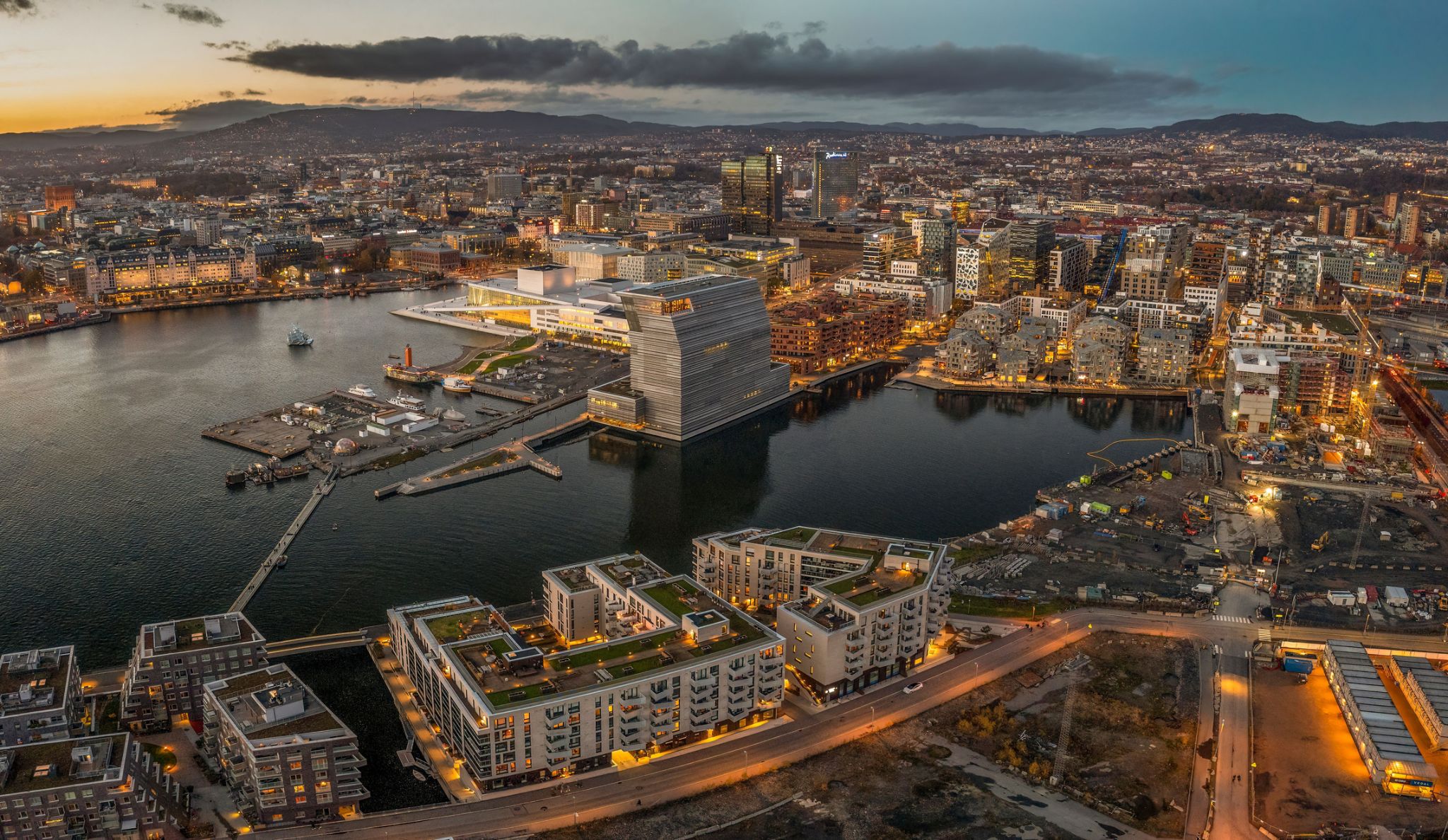
Oslo is the capital and most populous city of Norway. It constitutes both a county and a municipality. Founded in the year 1040 as Ánslo, and established as a trading place in 1048 by Harald Hardrada, the city was elevated to a bishopric in 1070 and a capital under Haakon V of Norway around 1300. Personal unions with Denmark from 1397 to 1523 and again from 1536 to 1814 reduced its influence, and with Sweden from 1814 to 1905 it functioned as a co-official capital. After being destroyed by a fire in 1624, during the reign of King Christian IV, a new city was built closer to Akershus Fortress and named Christiania in the king's honour. It was established as a municipality on 1 January 1838. The city's name was spelled Kristiania between 1877 and 1897 by state and municipal authorities. In 1925 the city was renamed Oslo.

Najbardziej wysunięte na południe wybrzeże Norwegii zaprasza Cię do odkrycia niezwykłego miasta Kristiansand. To urocze miasteczko otoczone jest z trzech stron morzem. Jest to piąte co do wielkości miasto w kraju, a mimo że jego centrum mieści się na niewielkim obszarze zaledwie 1 km², Kristiansand ma wiele do zaoferowania swoim gościom. Nie chodzi tylko o niezwykle czyste norweskie powietrze, ale także o wiele innych interesujących atrakcji.
Wśród nich znajduje się największe zoo w Norwegii, w którym mieszka 80 gatunków zwierząt. Pobyt tutaj ucieszy zarówno dzieci, jak i dorosłych. Możesz przejechać się na karuzelach, pośmiać się w cyrku, a także wybrać się całą rodziną na rejs po morzu lub spędzić czas na placu zabaw.
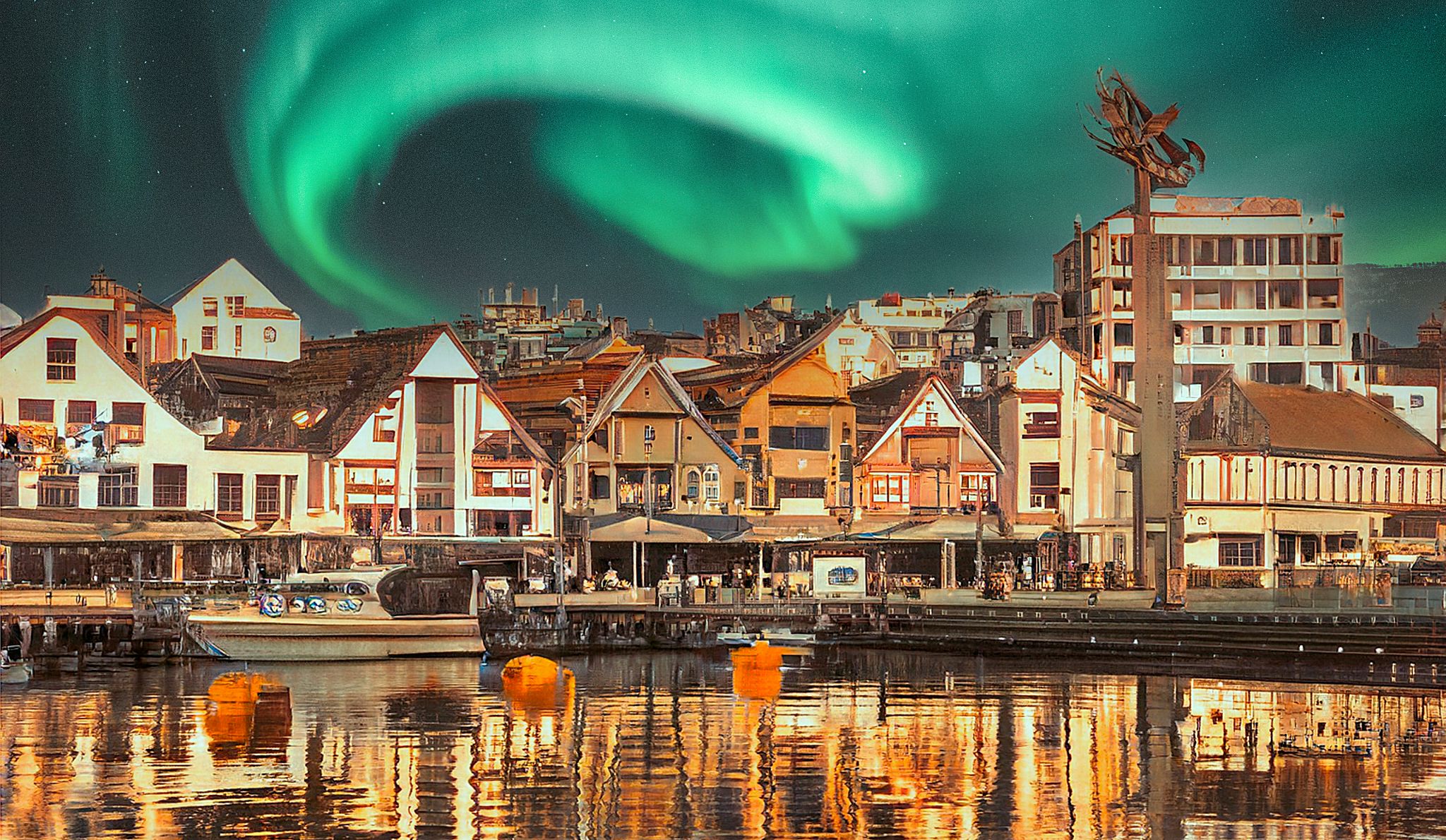
Stavanger is a city and municipality in Norway. It is the third largest city and metropolitan area in Norway (through conurbation with neighbouring Sandnes) and the administrative centre of Rogaland county. The municipality is the fourth most populous in Norway. Located on the Stavanger Peninsula in Southwest Norway, Stavanger counts its official founding year as 1125, the year the Stavanger Cathedral was completed. Stavanger's core is to a large degree 18th- and 19th-century wooden houses that are protected and considered part of the city's cultural heritage. This has caused the town centre and inner city to retain a small-town character with an unusually high ratio of detached houses, and has contributed significantly to spreading the city's population growth to outlying parts of Greater Stavanger.


Najbardziej wysunięte na południe wybrzeże Norwegii zaprasza Cię do odkrycia niezwykłego miasta Kristiansand. To urocze miasteczko otoczone jest z trzech stron morzem. Jest to piąte co do wielkości miasto w kraju, a mimo że jego centrum mieści się na niewielkim obszarze zaledwie 1 km², Kristiansand ma wiele do zaoferowania swoim gościom. Nie chodzi tylko o niezwykle czyste norweskie powietrze, ale także o wiele innych interesujących atrakcji.
Wśród nich znajduje się największe zoo w Norwegii, w którym mieszka 80 gatunków zwierząt. Pobyt tutaj ucieszy zarówno dzieci, jak i dorosłych. Możesz przejechać się na karuzelach, pośmiać się w cyrku, a także wybrać się całą rodziną na rejs po morzu lub spędzić czas na placu zabaw.
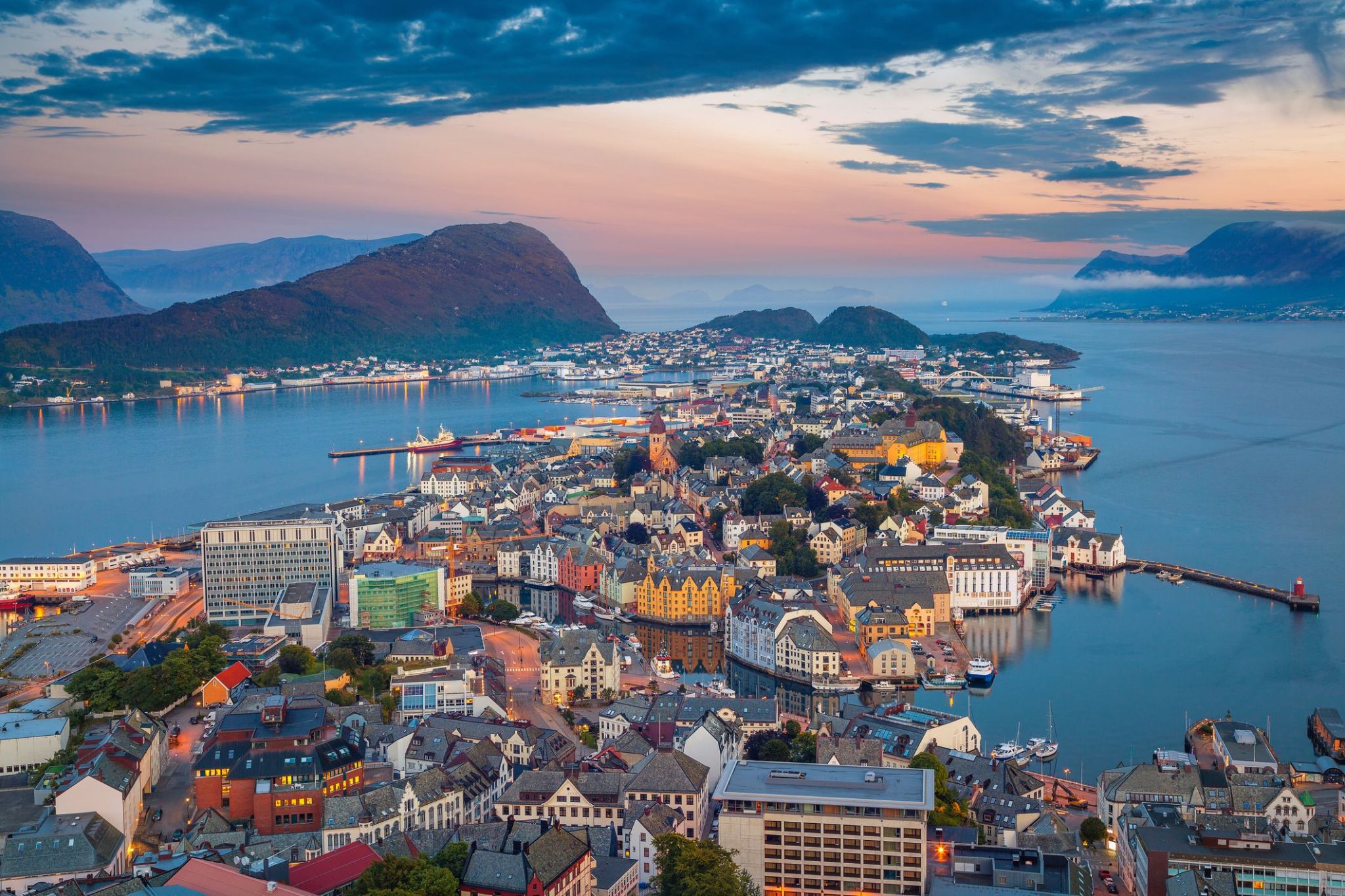
Розташований між величними фіордами та відкритим морем, Олесунн захоплює відвідувачів унікальним поєднанням природної краси та виразної архітектури. Відомий своїм вражаючим стилем модерн, відновленим після руйнівної пожежі 1904 року, місто пропонує чарівну атмосферу, де різнобарвні будівлі вздовж набережної створюють мальовничий краєвид, не схожий на жодне інше місце в Норвегії.
Любителі пригод та культури знайдуть у Олесунні багато цікавого. Від підйому на оглядовий майданчик на пагорбі Аксла з панорамним видом на архіпелаг до відвідування місцевих музеїв та свіжих рибних ринків — це прибережне місто запрошує мандрівників поринути у морську спадщину та захопливі ландшафти Норвегії. Чи то круїз фіордами, чи прогулянка вузькими вуличками — кожна мить у Олесунні обіцяє незабутні враження.

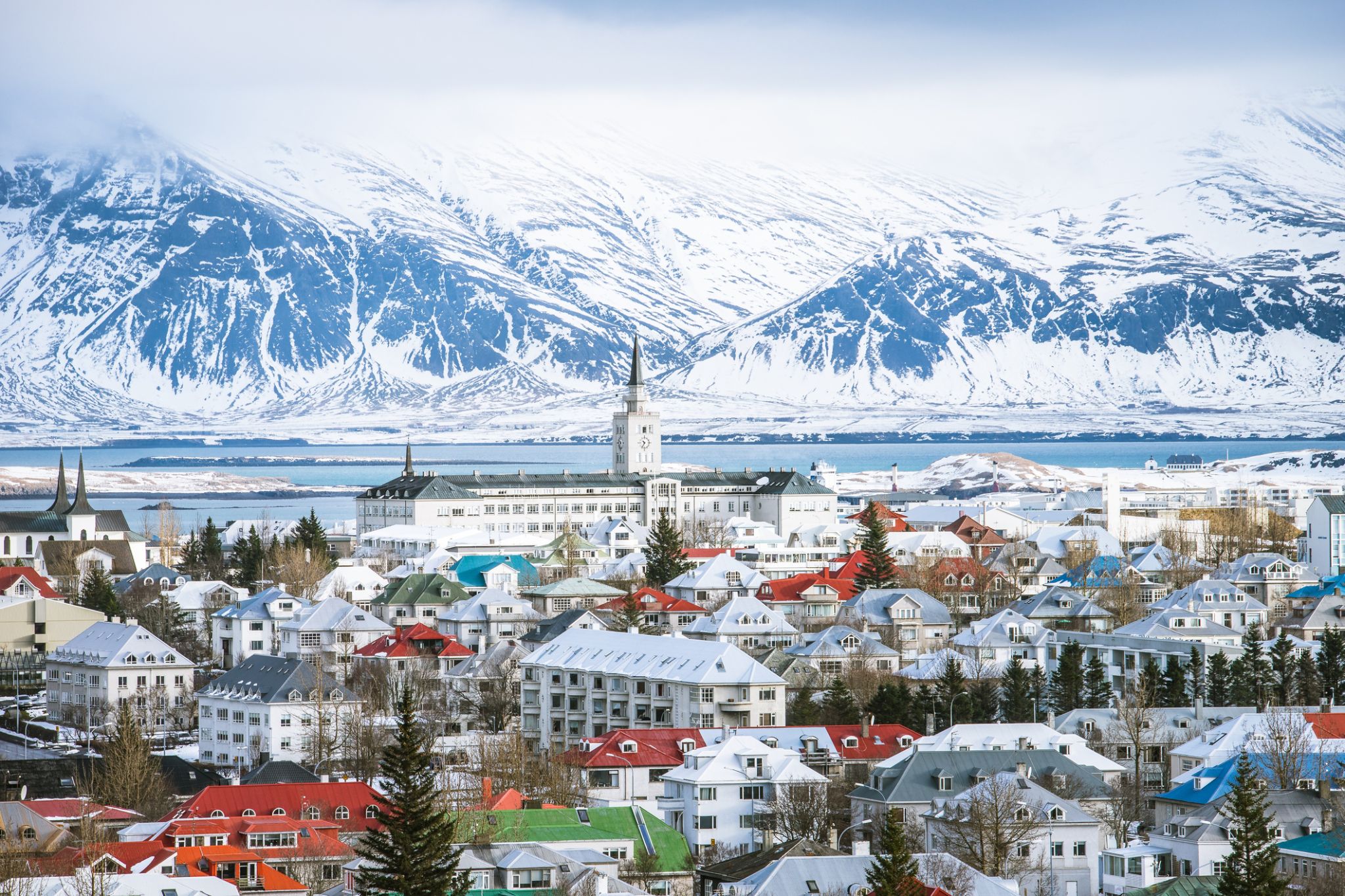
Reykjavík is the capital and largest city of Iceland. It is located in southwestern Iceland, on the southern shore of Faxa Bay. Its latitude is 64°08' N, making it the world's northernmost capital of a sovereign state. With a population of around 123,300 (and over 216,940 in the Capital Region), it is the heart of Iceland's cultural, economic and governmental activity, and is a popular tourist destination.
Reykjavík is believed to be the location of the first permanent settlement in Iceland, which, according to Ingólfr Arnarson, was established in AD 874. Until the 19th century, there was no urban development in the city location. The city was founded in 1786 as an official trading town and grew steadily over the following decades, as it transformed into a regional and later national centre of commerce, population, and governmental activities. It is among the cleanest, greenest, and safest cities in the world.
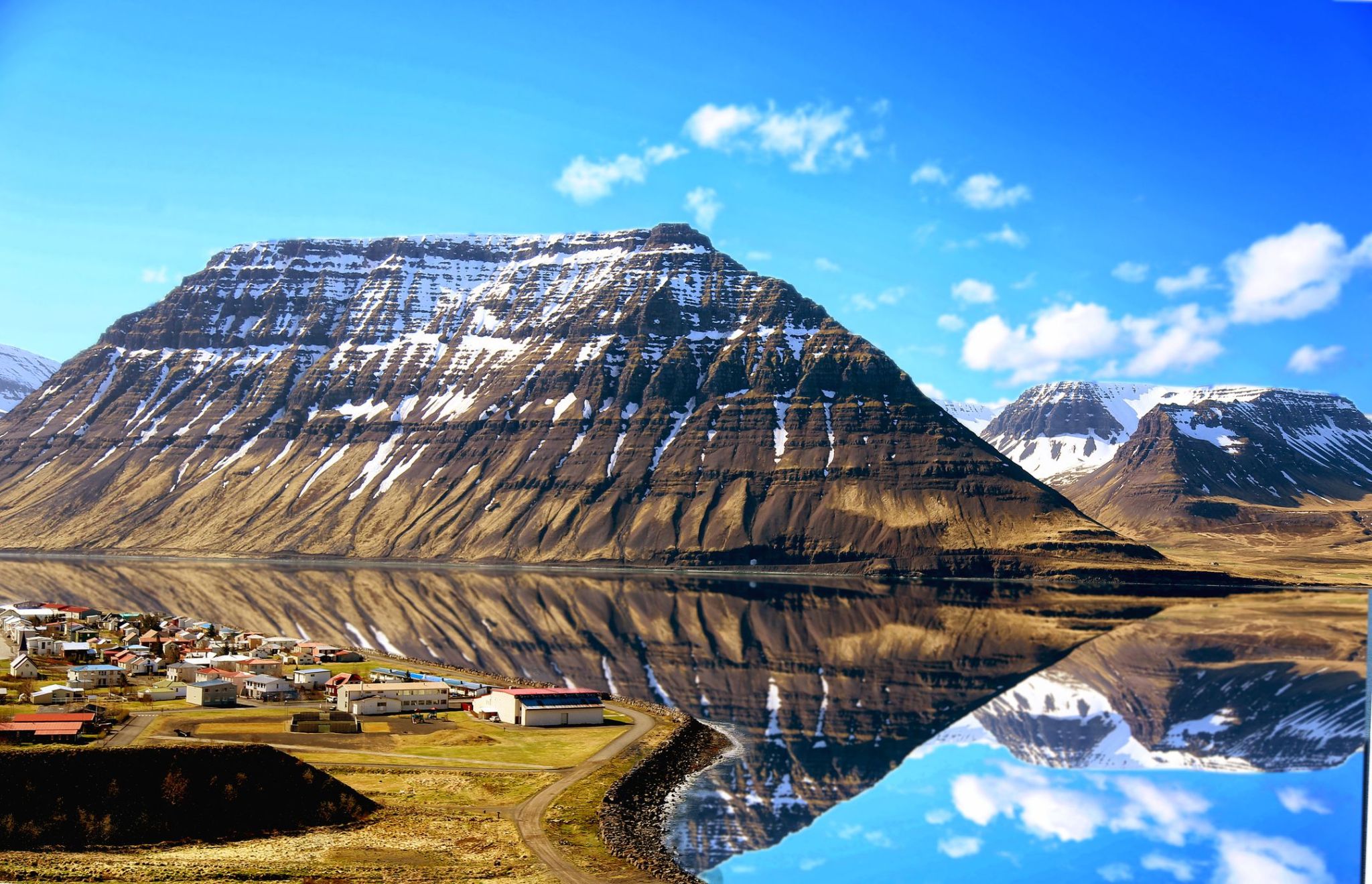
Isafjörður, meaning ice fjord or fjord of ice, ice in plural genitive) is a town in the northwest of Iceland.
The oldest part of Ísafjörður with the town centre is located on a spit of sand, or eyri, in Skutulsfjörður, a fjord which meets the waters of the larger fjord Ísafjarðardjúp. With a population of about 2,600, Ísafjörður is the largest settlement in the peninsula of Vestfirðir (Westfjords) and the administration centre of the Ísafjarðarbær municipality, which includes – besides Ísafjörður – the nearby villages of Hnífsdalur, Flateyri, Suðureyri, and Þingeyri.

Akureyri is a town in northern Iceland. It is Iceland's Fifth largest municipality.
Nicknamed the Capital of North Iceland, Akureyri is an important port and fishing centre. The area where Akureyri is located was settled in the 9th century but did not receive a municipal charter until 1786. The town was the site of Alliedunits during World War II. Further growth occurred after the war as the Icelandic population increasingly moved to urban areas.
The area has a relatively mild climate because of geographical factors, and the town's ice-free harbour has played a significant role in its history.
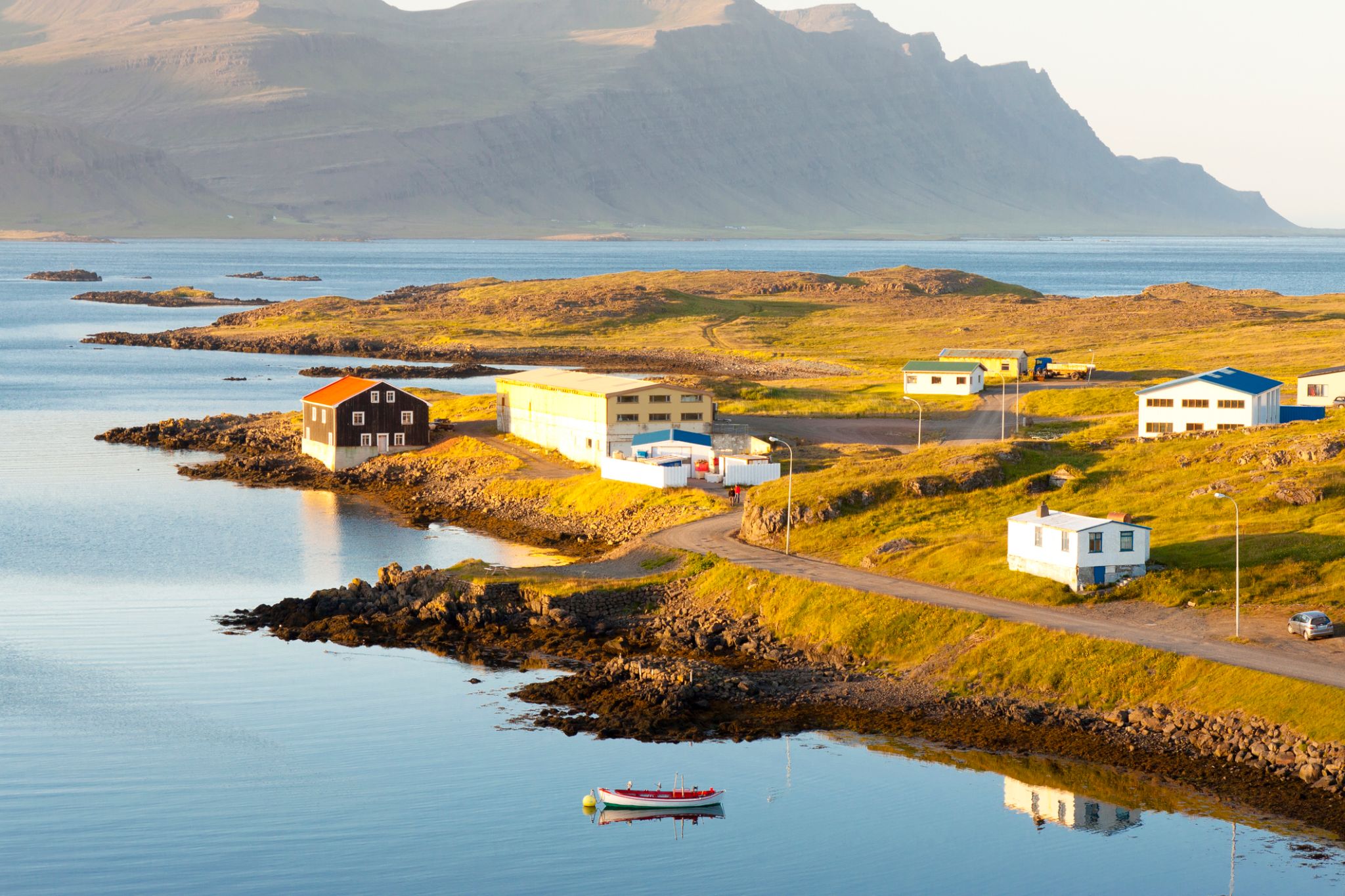
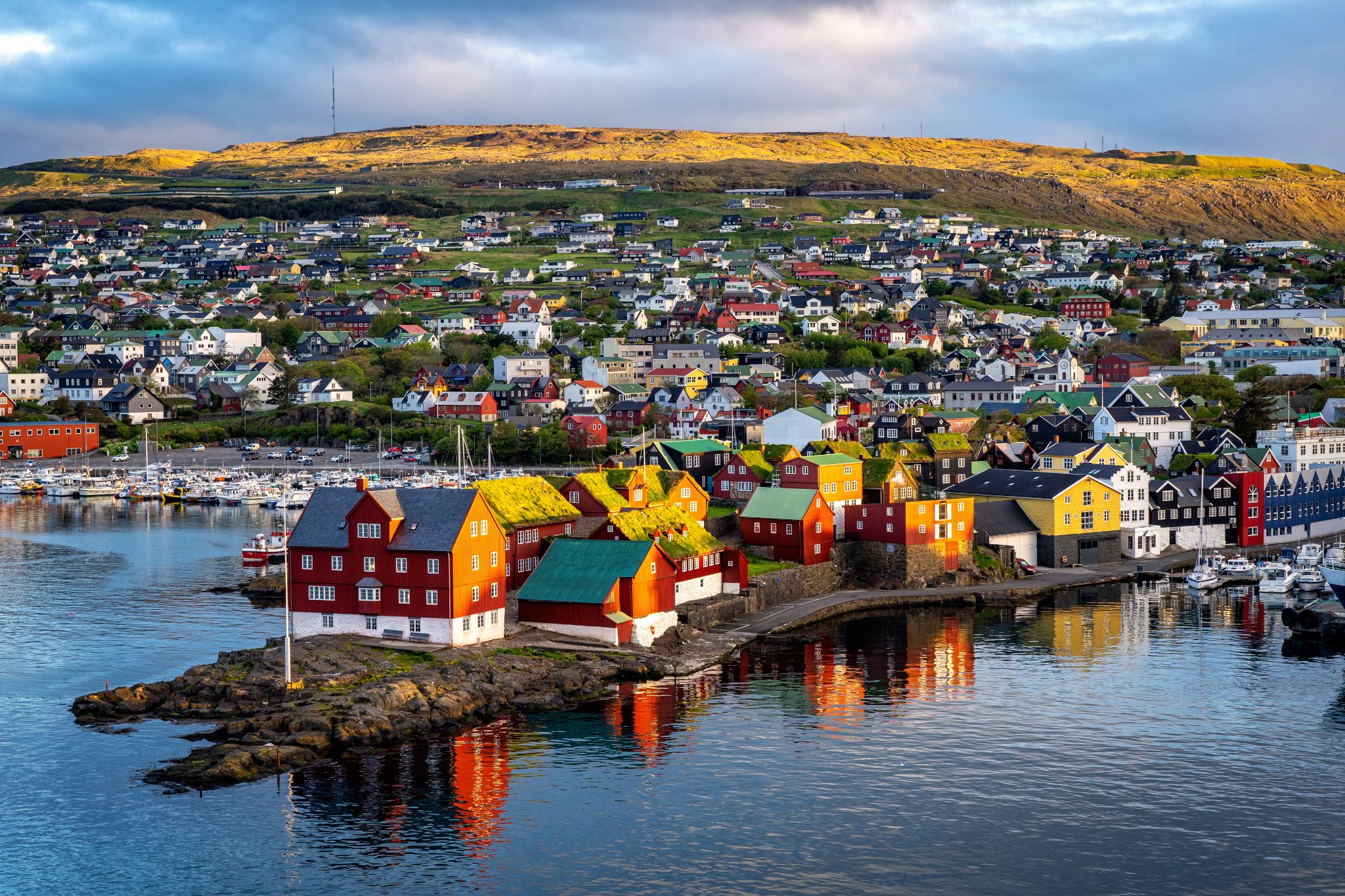
Tórshavn is the capital and largest town of the Faroe Islands. Tórshavn is in the southern part on the east coast of Streymoy. To the northwest of the city lies the 347-meter-high (1,138 ft) mountain Húsareyn, and to the southwest, the 350-meter-high (1,150 ft) Kirkjubøreyn. They are separated by the Sandá River. The town proper has a population of 13,089 (2017), and the greater urban area a population of 21,000.
The Norse established their parliament on the Tinganes peninsula in AD 850.[3] Tórshavn thus became the capital of the Faroe Islands and has remained so ever since. All through the Middle Ages the narrow peninsula jutting out into the sea made up the main part of Tórshavn. Early on, Tórshavn became the centre of the islands' trade monopoly, thereby being the only legal place for the islanders to sell and buy goods. In 1856, the trade monopoly was abolished and the islands were left open to free trade.
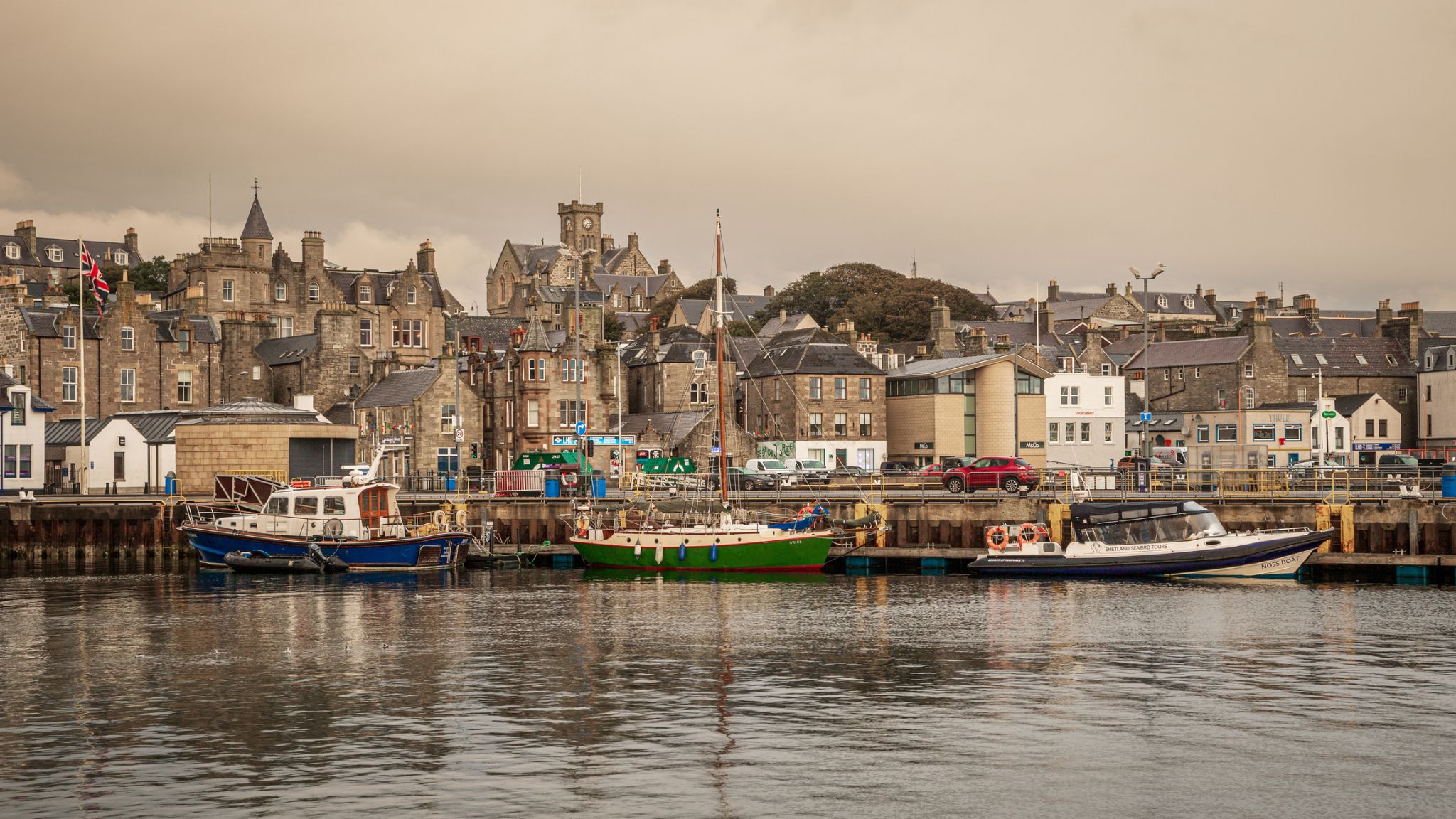
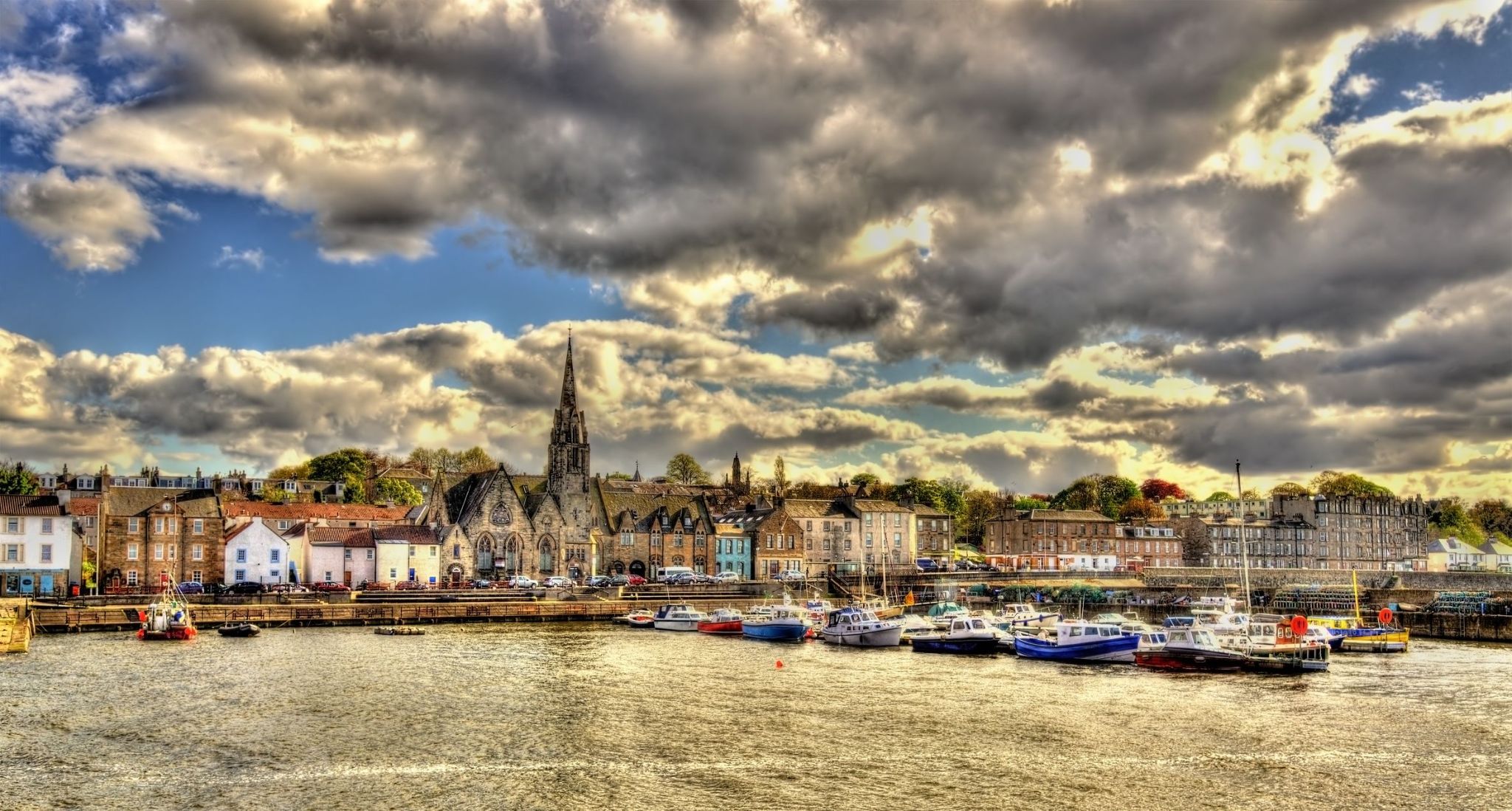
Newhaven, Szkocja — to urokliwa nadmorska dzielnica położona na północy Edynburga, nad zatoką Firth of Forth. Niegdyś była to tętniąca życiem wioska rybacka i ważny port znany z warsztatów stoczniowych. Dziś dzielnica wciąż zachowuje swoje morskie dziedzictwo — znajduje się tu historyczny port, stare magazyny i domy zbudowane z lokalnego kamienia. W centrum Newhaven wciąż stoi latarnia morska z 1869 roku — jeden z charakterystycznych punktów tego miejsca.
Dla turystów Newhaven oferuje idealne połączenie historii, przytulności i morskiego klimatu. Rozciągają się stąd piękne widoki na zatokę, szczególnie o zachodzie słońca. Wzdłuż nabrzeża działają restauracje serwujące świeże owoce morza, w tym tradycyjne szkockie wędzone ryby. W pobliżu znajduje się Królewski Jacht „Britannia” w dzielnicy Leith oraz nowoczesne sklepy. To idealne miejsce dla tych, którzy chcą uciec od miejskiego zgiełku Edynburga, nie opuszczając samego miasta, i poczuć ducha szkockiej historii morskiej.

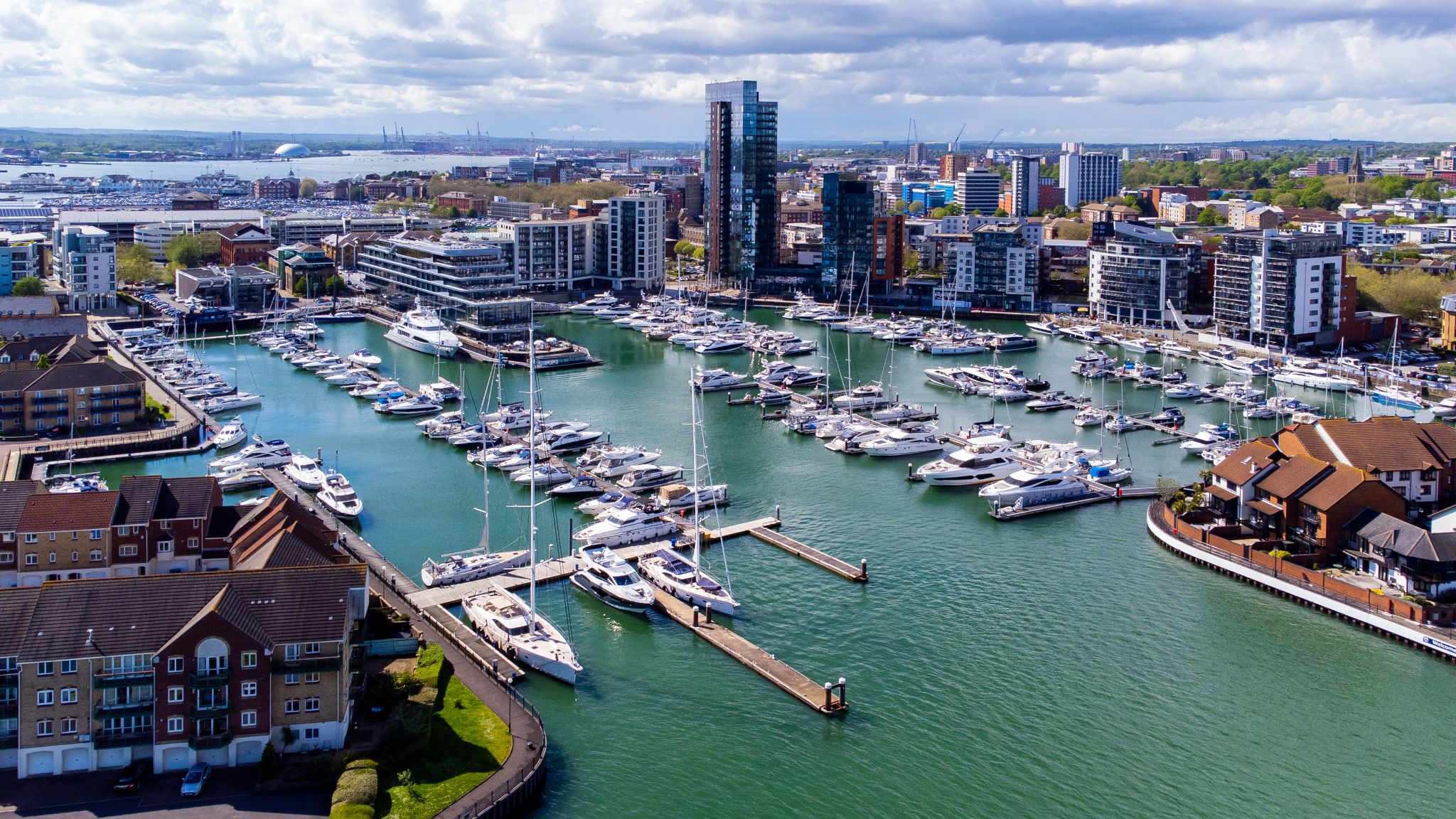
Southampton is the largest city in the ceremonial county of Hampshire, England. It is 69 miles (111 km) south-west of London and 15 miles (24 km) west north-west of Portsmouth. Southampton is a major port and the closest city to the New Forest. It lies at the northernmost point of Southampton Water at the confluence of the Rivers Test and Itchen, with the River Hamble joining to the south of the urban area. The city, which is a unitary authority, has an estimated population of 253,651. The city's name is sometimes abbreviated in writing to "So'ton" or "Soton", and a resident of Southampton is called a Sotonian.
Significant employers in the city include Southampton City Council, the University of Southampton, Solent University, Southampton Airport, Ordnance Survey, BBC South, the NHS, ABP and Carnival UK. Southampton is noted for its association with the RMS Titanic, the Spitfire and more generally in the World War II narrative as one of the departure points for D-Day, and more recently as the home port of a number of the largest cruise ships in the world. Southampton has a large shopping centre and retail park, Westquay. In 2014, the city council approved a neighbouring followup Westquay South which opened in 2016–2017.
In the 2001 census Southampton and Portsmouth were recorded as being parts of separate urban areas; however by the time of the 2011 census they had merged apolitically to become the sixth-largest built-up area in England with a population of 855,569. This built-up area is part of the metropolitan area known as South Hampshire, which is also known as Solent City, particularly in the media when discussing local governance organisational changes. With a population of over 1.5 million this makes the region one of the United Kingdom's most populous metropolitan areas.